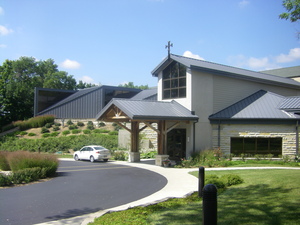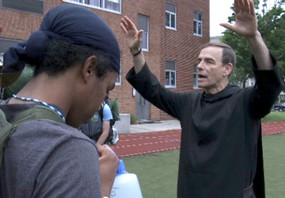 A Cistercian nun at 103 years, is leaving the monastery for the first time in 84 years to meet Pope Benedict while he's in Spain for World Youth Day.
A Cistercian nun at 103 years, is leaving the monastery for the first time in 84 years to meet Pope Benedict while he's in Spain for World Youth Day.Sister Teresa entered the Monasterio de Buenafuente del Sistal on the very day of Benedict's birth, 16 April 1927. Aside from a distraction of the Spanish Civil War (1936-39) that caused the nuns to flee fighting, Sister Teresa has lived her vocation as a cloister nun in that place.
A journalist for El Mundo, Jesús García, authored a book about 10 nuns, of whom Sister Teresa was included, titled, ¿Qué hace una chica como tú en una sitio como éste? (2011; What is a Girl Like You Doing In A Place Like This?)
Sister's monastery was founded in the 13th century, and for 20 years was the religious superior.







